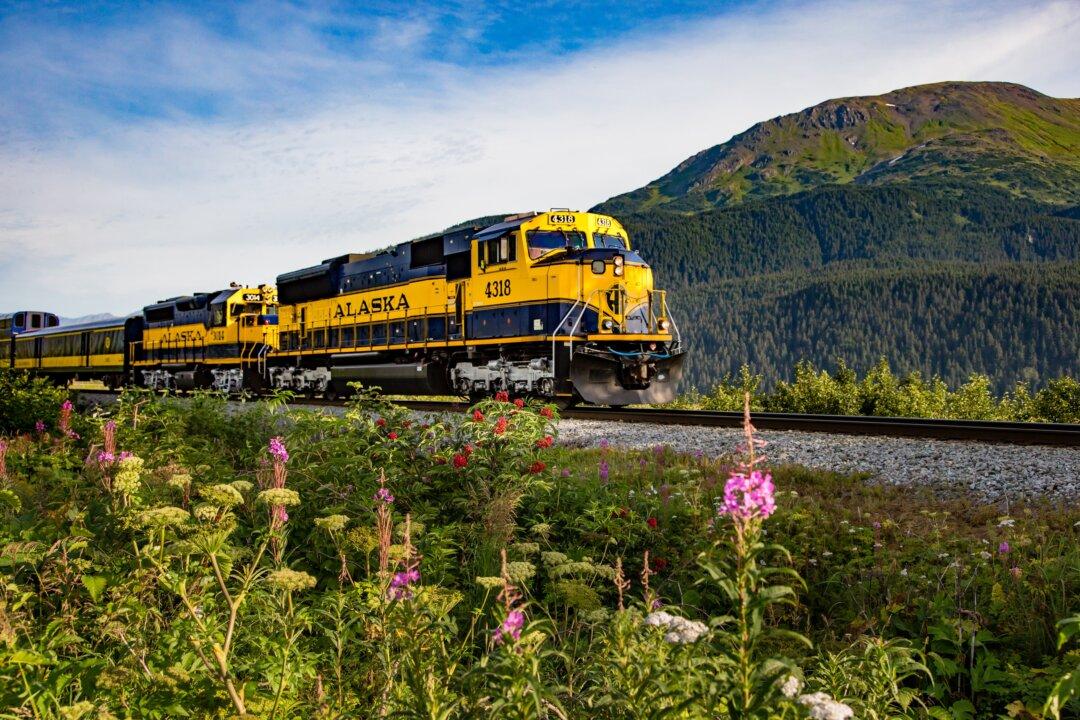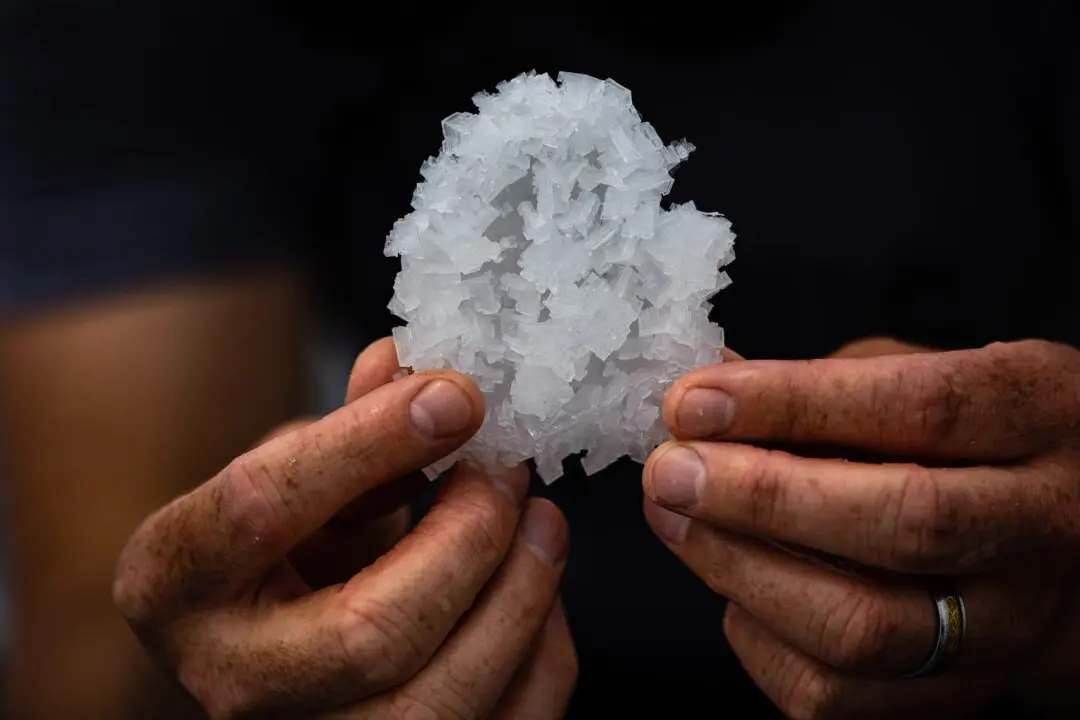“Folks, it’s 300 feet straight down to the bottom of Hurricane Gulch,” the Alaska Railroad conductor declares, “and ... hold on. I don’t know why we’ve paused. Let me find out.”
Passengers glance at each other quizzically, peering out the window to see that, yes, it’s a long, long way down to the bottom of Hurricane Gulch from the railroad trestle that crosses it, and our train is, well, stopped dead, right in the middle of the nearly quarter-mile bridge over the chasm 170 miles north of Anchorage.





